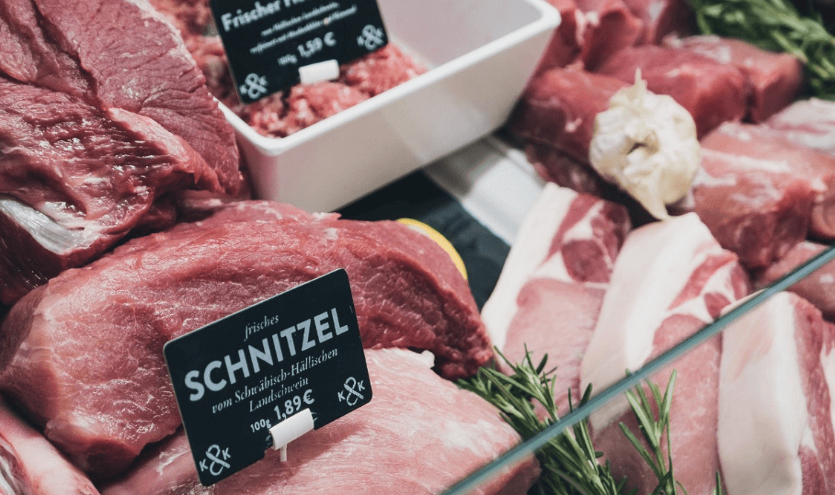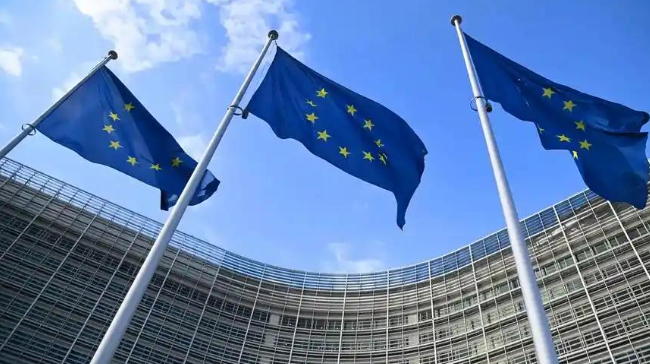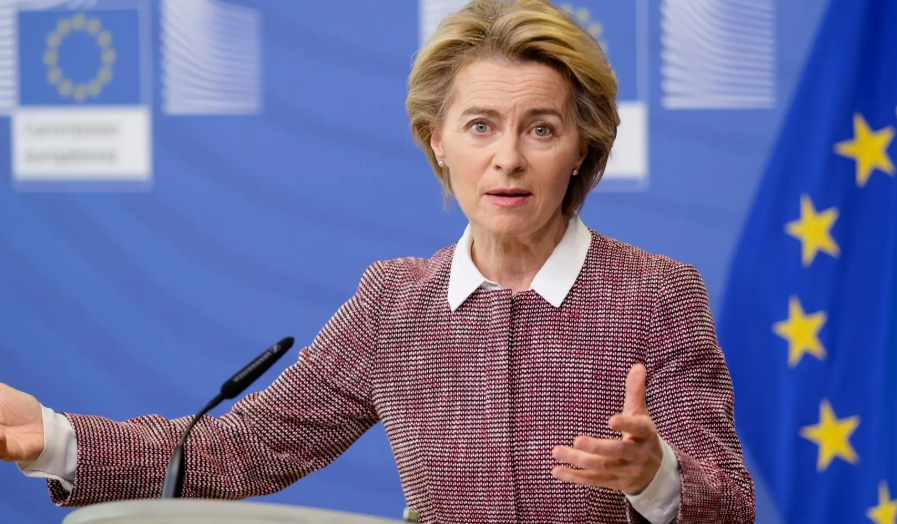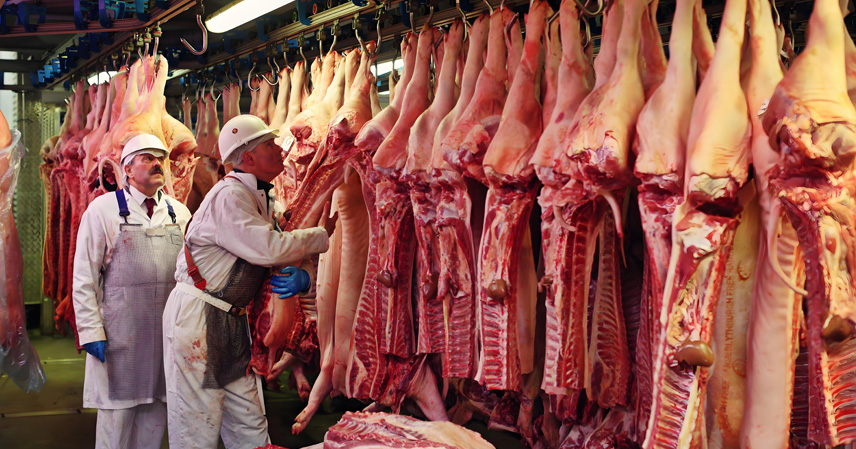When people talk about trade wars, most think of cars, chips, or steel—not pork. Yet China’s announcement of an anti-dumping investigation into EU pork and by-products has triggered shockwaves across global markets. This is no ordinary dispute: it touches a multi-billion-dollar trade sector and could fundamentally shift the trajectory of China’s domestic pork industry.
More importantly, this “meat war” is not just about tariffs. It is a calculated response that cuts through the warm rhetoric of China-EU relations, striking at a politically sensitive sector for Europe. And the chosen battlefield—pork, not electric vehicles or semiconductors—makes the move even more strategic.

Pork Is Not “Small Change”: China’s Calculated Move
The spark came when the EU imposed tariffs on Chinese electric vehicles, while simultaneously making political gestures on Taiwan. Instead of retaliating directly in EVs, China chose a softer underbelly: European agriculture, specifically pork.
Why pork? Because it is a sector heavily supported by EU subsidies. Each year, the EU distributes about €59 billion in agricultural subsidies, with pig farming taking nearly 17% of that pot. The result? EU pork is artificially cheap.
For China, the numbers are staggering: about 70% of EU pork exports to China are offal, heads, and feet—products considered “by-products” in Europe but valuable in China. EU pork has captured 56% of China’s import market, with Spain, Germany, and Denmark alone making up more than 80% of those exports.
In other words, China is not a side market—it is the market. By opening this investigation, Beijing is squeezing where Europe feels the most pain. Unsurprisingly, farmers in France are protesting, while Spanish media have dubbed it the “Pork War.”

For years, Chinese producers have accused EU suppliers of dumping pork into the Chinese market. For example, Spanish pork sold to China has been on average 38% cheaper than similar domestic products. This undercutting coincided with a 22% drop in Chinese hog prices in 2024, leaving 63% of small farmers in major provinces like Henan and Shandong operating at a loss.
Seen in this light, China’s move is not only about Europe—it is about giving its own domestic industry breathing room.
Winners, Losers, and the Market Shake-Up
The first to feel the shock will be Chinese processors that rely on cheap EU imports—companies like Shuanghui and Yurun, which source raw materials such as offal from Europe. Analysts estimate their raw material costs could rise 10–15% in the short term. For consumers, that may mean slightly pricier pork belly or pig trotters, though staple pork cuts sourced domestically will remain stable.
For domestic producers, however, this could be a turning point. Giants like Muyuan Foods and New Hope are already planning to expand capacity, sensing a rare opportunity to reclaim lost market share.
The government is also accelerating upgrades in digitized farming and biosecurity systems, helping the industry withstand future shocks. At the same time, new markets for pork by-products—biopharmaceuticals (heparin), cosmetics (collagen), and animal feed (bone meal)—are being prioritized, raising the sector’s value chain.
China is not stopping at home. Talks are underway with ASEAN for pork trade agreements, and Central Asia’s cold-chain logistics is being strengthened. This is not just about replacing EU imports—it is about rewriting supply chains for the long term.
Short-term hog prices may rebound 5–8% for 3–5 months, not due to speculation, but as a natural correction for an over-squeezed market.

Fighting Dumping, Redefining the Rules
This investigation is not random—it is a rules-based move. The Ministry of Commerce has stressed that it follows WTO procedures and has evidence of below-cost dumping by EU exporters.
But strategically, it signals something bigger: China is no longer content with being a passive responder in trade disputes. Instead, it is testing its ability to shape the rules, choosing a sector that is high-impact yet politically less sensitive than EVs or chips.
The EU may respond, perhaps by targeting Chinese exports such as garlic or honey, but this back-and-forth is likely manageable.
The bigger picture is clear: China wants to move from “global pork buyer” to “agriculture rule-maker.” From quarantine standards to by-product utilization, from production capacity regulation to agricultural insurance, Beijing is crafting a self-sufficient, high-tech, globally influential agricultural system.
Conclusion
This pork investigation may look small, but it represents a precise strike in global trade politics. It is both a defense of China’s domestic farmers and a statement that Beijing is willing to use trade tools proactively.
A pig’s trotter may seem humble, but in this case, it could reshape global trade patterns and redefine China’s role in agricultural governance. For Europe, it’s a wake-up call; for China, it’s a step toward strategic autonomy in food security.
The pork war has only just begun.
References
- Ministry of Commerce of China – Statement on anti-dumping investigation into EU pork exports (2025)
- European Commission Agricultural Subsidy Report (2024)
- Chinese Ministry of Agriculture and Rural Affairs – Hog price trends and farmer loss ratio report (2024)
- Observers’ analysis of EU-China trade frictions, Global Times and El País (2025)



